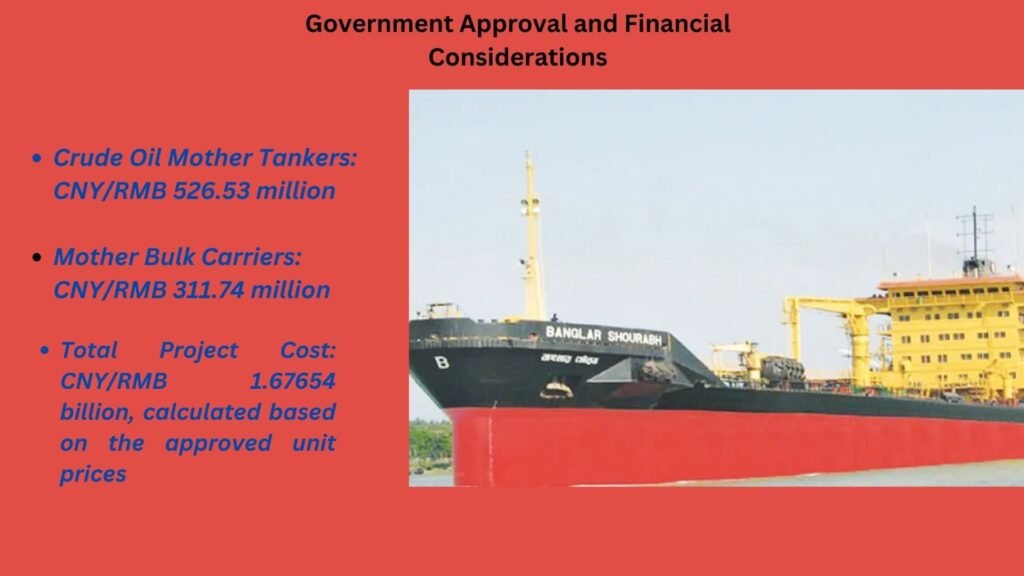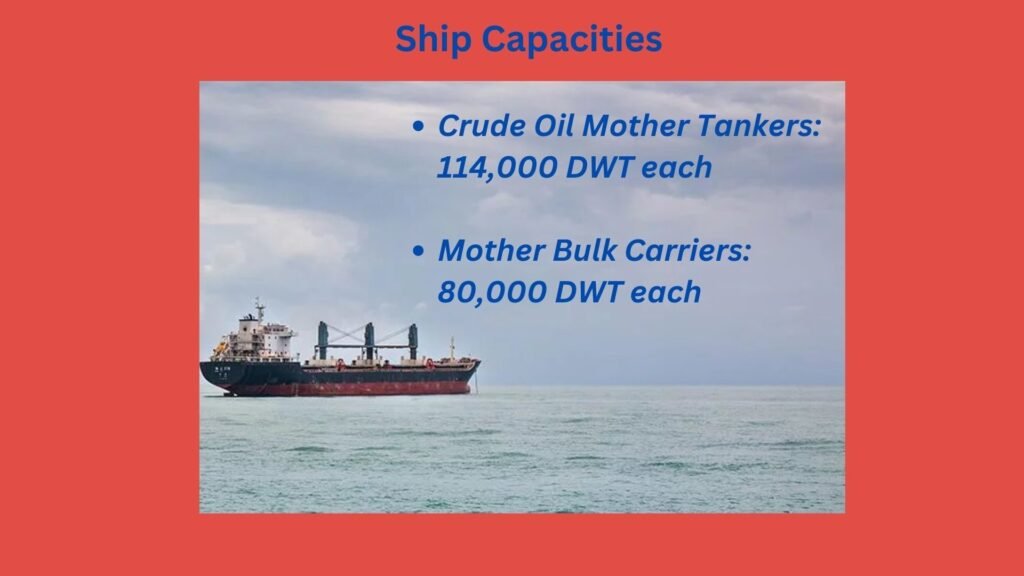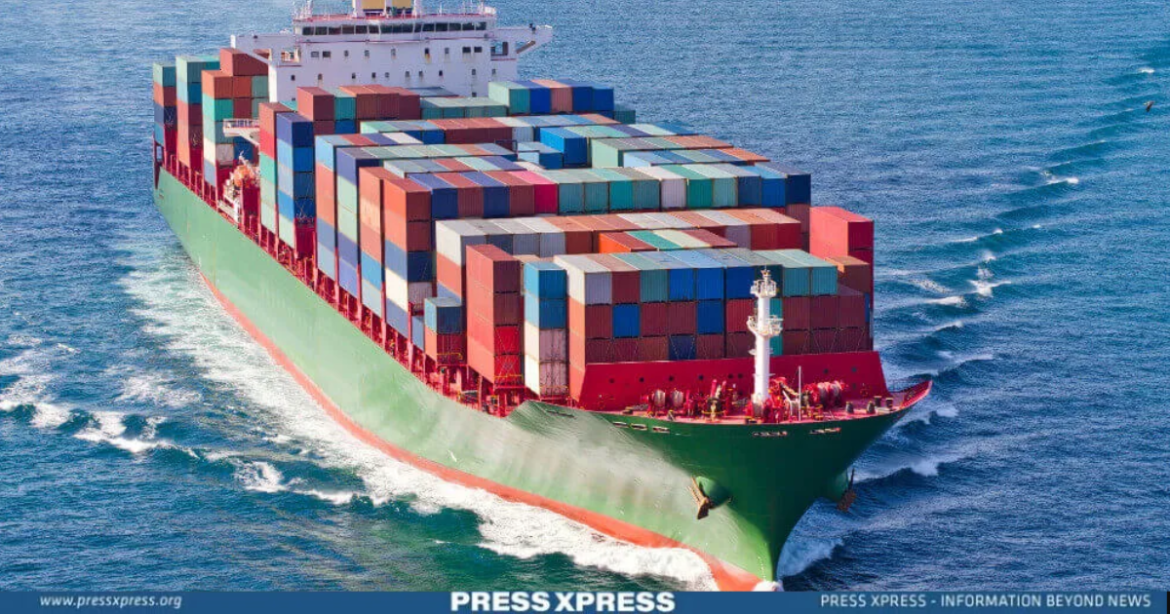The impact of Chinese economic collaboration is evident across Bangladesh’s development landscape, spanning infrastructure projects like roads, seaports, airports, and energy initiatives such as coal and solar power. Chinese investments, technology transfers, and expertise are playing a crucial role in driving much-needed development in Bangladesh.
Recently, negotiations between Bangladesh and China for the procurement of four oceangoing ships have reached an advanced stage, with both parties nearing an agreement. Sources close to the discussions have indicated that key issues about equipment specifications and pricing have been successfully addressed from the Bangladesh side, paving the way for the finalization of the deal.
You can also read: Ukraine’s Surprise Blow to Russian Black Sea Fleet!
Background and Context
The genesis of these negotiations dates back to 2020 when Bangladesh initially envisioned acquiring six ships with the assistance of a Chinese loan. However, subsequent developments, including the impact of the COVID-19 pandemic and the resultant rise in machinery prices, prompted a reevaluation of the project’s scope. Consequently, the number of vessels under consideration was reduced to four, aligning with revised budgetary constraints and operational realities.
Government Approval and Financial Considerations
The proposal for the procurement of four vessels received formal approval from the Executive Committee of the National Economic Council (ECNEC) of Bangladesh in April 2023. The unit prices for the ships, set at CNY/RMB 526.53 million (approx. Tk7997.99 million) for Crude Oil Mother Tankers and CNY/RMB311.74 million (Tk4735.33 million) for Mother Bulk Carriers, were determined after meticulous deliberation. This culminated in a total project cost of CNY/RMB1.67654 billion (Tk25.46 billion), a figure endorsed by the Cabinet Committee on Government Purchase (CCGP) as a prudent measure to conserve foreign exchange reserves.

Each of the mother tankers has a capacity of 114,000 DWT (deadweight tonnage), while the capacity of each mother bulk carrier is 80,000 DWT.

Equipment Specifications
One of the critical aspects of the negotiation process revolved around the sourcing of equipment for the vessels. In response to queries from China Exim Bank, the Bangladesh Shipping Corporation (BSC) emphasized the importance of incorporating world-renowned equipment brands, excluding Chinese manufacturers. However, recognizing the presence of international companies with manufacturing facilities in China, the BSC proposed sourcing equipment from these entities to meet the specified standards.
Main Engine Considerations
A key component of the ships’ propulsion systems is the main engine, for which the BSC advocated for the utilization of MAN B&W brand engines. These engines, manufactured by Chinese entities authorized by the original MAN B&W brand, were deemed suitable based on their market dominance and proven reliability. Moreover, the familiarity of BSC’s crew with MAN B&W engines further bolstered the case for their inclusion in the procurement specifications.

Strategic Implications
The acquisition of these oceangoing ships holds strategic significance for Bangladesh, particularly amidst a period of heightened external trade activity. With the country’s burgeoning trade volumes necessitating efficient transportation infrastructure, the expansion of the BSC’s fleet is poised to alleviate pressure on foreign exchange reserves by reducing reliance on chartering foreign vessels. This move underscores a concerted effort to bolster the country’s maritime capabilities and enhance its competitiveness in the global shipping industry.
Fuel Economic Growth and Maritime Sovereignty
As part of the forthcoming fleet expansion project, the Bangladesh Shipping Corporation (BSC) anticipates employing approximately 40 ship officers and crew members for each vessel, either on a permanent or contractual basis.
Established in 1972, the BSC currently operates a diverse fleet comprising eight vessels with a collective carrying capacity of around 0.30 million metric tonnes. This fleet includes three bulk carriers, three oil tankers, and two lighterage tankers, playing a pivotal role in facilitating more than 90 percent of the nation’s exports and imports.
However, compliance with the Bangladesh Flag Vessel Act 2019, which mandates that sea-borne cargos funded by public resources must be transported by BSC vessels, poses challenges due to the relatively small size of the BSC fleet. Consequently, the corporation frequently resorts to chartering foreign vessels, incurring significant foreign currency expenditures.
The urgency of expanding the BSC fleet is further underscored by ongoing projects initiated by the Bangladesh Petroleum Corporation.
How China Collaborates Bangladesh’s Rapid Economic Landscape
China’s significant involvement in various sectors of Bangladesh’s economy is contributing to the country’s economic growth and global influence. This partnership is aimed at mutual benefits and strategic advantages. China’s remarkable export performance since the 1980s has been a key factor in its economic transformation, with its share of global merchandise exports steadily increasing over the years.
According to a 2023 estimate by the American Enterprise Institute (AEI), China has invested $7.07 billion in Bangladesh, with Chinese companies securing construction contracts worth $22.94 billion in various sectors. Additionally, China has allocated $4.45 billion for 35 projects under the Belt and Road Initiative (BRI) in Bangladesh, showcasing a deepening partnership between the two countries.
Conclusion
As negotiations approach their conclusion, the impending procurement of four oceangoing ships from China represents a significant milestone for Bangladesh’s maritime sector. By navigating through intricate financial considerations and equipment specifications, both parties have demonstrated a commitment to fostering mutually beneficial cooperation. With the imminent addition of these vessels to its fleet, Bangladesh stands poised to realize tangible benefits in terms of trade facilitation, resource optimization, and economic resilience.


